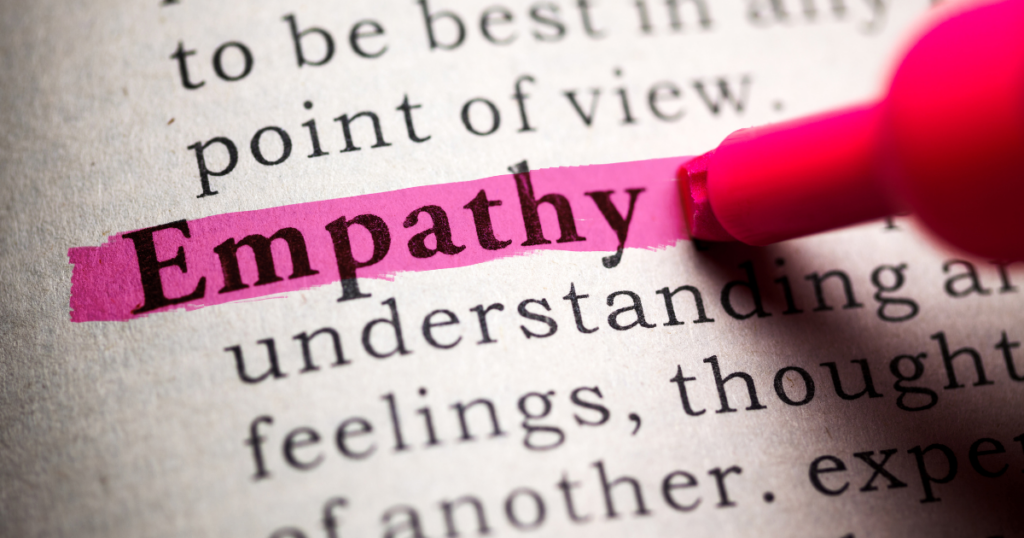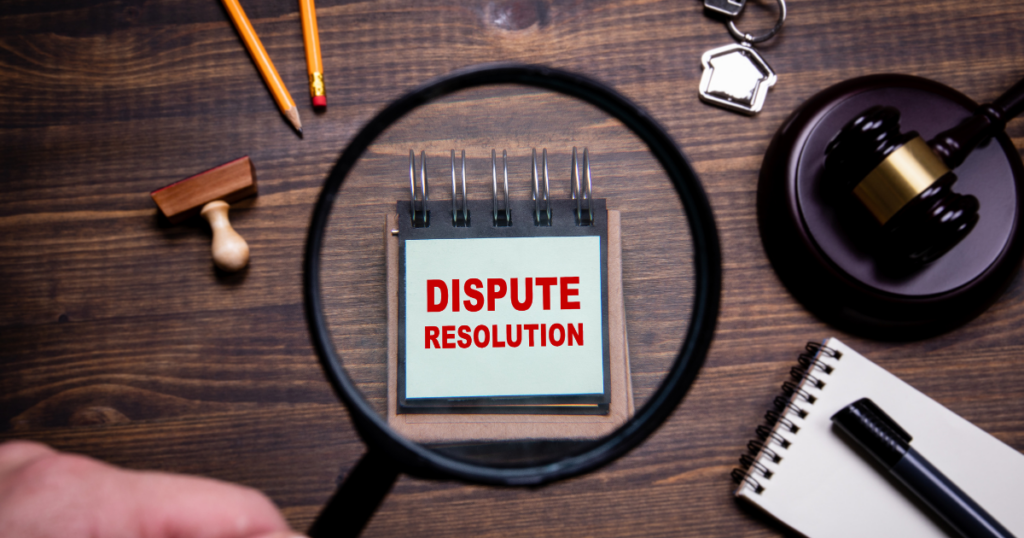Welcome back to our series on customer service challenges! In our introductory article, we identified the top five customer service issues that every business faces. Now it’s time to tackle them one by one, starting with perhaps the most daunting: customer conflicts.
No matter how dedicated you are to providing your customers with the best products and services, you’re bound to encounter complaints and dissatisfaction from time to time. These uncomfortable situations can test even the most seasoned customer service teams.
But there’s good news: how you approach customer conflicts can make a big difference. Research indicates that nearly 80% of consumers will forgive a bad experience if they rate the service team as “very good.” This means your customer service team can turn things around—from a complaint to a compliment, and from a disgruntled customer to a loyal fan.
In this article, we’ll explore conflict resolution strategies designed to defuse the tension and provide a stellar experience that keeps customers (even angry ones) coming back to your business.
12 Conflict Resolution Strategies
Conflict resolution is difficult, so it’s important that you go into these situations prepared. The 12 strategies we offer below will help you navigate customer complaints professionally and effectively.
1. Make the Conversation Private
If the complaint begins in a public space with other employees and customers around, try to take the conversation to a private location as soon as possible. Moving to a private area shows respect for the customer’s privacy and reduces the tension (on both the customer and employee) of ‘having an audience.’
2. Let the Customer Talk

An angry customer often needs to vent their frustrations before you can work on a resolution. This is time for you to gather information about the situation and for them to calm down. Letting them talk also makes them feel heard and valued.
3. Listen
Active listening is a key strategy in conflict resolution. Here are some tips:
- Don’t interrupt: This point in the conversation is all about them talking and you listening.
- Use Affirmative Responses: Small verbal expressions like “uh-huh” and “I see” show you’re paying attention.
- Repeat Key Points: When appropriate (such as when the customer pauses or asks a question), repeat what you’ve heard to show you understand.
- Ask Questions: If something isn’t clear, politely ask for details.
4. Remain Calm
While the temptation may be there to give an emotional response (especially if the person is angry and yelling), it’s vital that you stay calm during the interaction. You can project calmness in your body language, tone of voice, and the words you use.
5. Show Empathy

Empathy is the ability to understand the feelings of another person. In a conflict resolution situation, this includes acknowledging the customer’s feelings and expressing concern for the situation. Use a soft tone and choose words that demonstrate care and concern. For ideas, check out HubSpot’s article 30 Empathy Phrases Customer Service Reps Should Use.
6. Offer a Direct Apology (When Appropriate)
A sincere apology can be a powerful conflict resolution tool when it is appropriate. If there was clearly a mistake made with the product or service, apologize, and say how you’ll make it right. You can also apologize without fully admitting blame, for example, apologizing for the misunderstanding or the inconvenience they’ve encountered.
7. Summarize
When the customer has explained the situation (and likely has calmed down from the initial emotions), summarize the main points to ensure you understood them correctly. Listen for “that’s right” and allow the customer to correct any misunderstandings. Ask follow-up questions if necessary. With a full understanding of what happened, you’ll be able to move on to a resolution.
8. Seek Common Ground
Finding common ground with a customer is often the pathway to cooperation and collaboration. You can highlight common ground at any point in the conversation, from the initial acknowledgement of the issue to the points where you are showing empathy, to the summary of their complaint. Here are some potential common grounds:
- Expressing the shared goal of finding a resolution
- Agreeing on the facts of the situation
- Recognizing the customer’s loyalty or past positive experiences
- Mutual understanding of the importance of customer satisfaction
9. Work Toward a Resolution

Once you have an understanding of the issue or complaint, it’s time to find an acceptable resolution. There are a couple different strategies you may consider:
- Asking the Customer: Dave Dyson from Zendesk recommends asking the customer how they would like the issue resolved. You may be able to meet their request or at least it gives you a starting point.
- Providing Options: Another approach is to offer the customer two or more options on how the issue may be resolved, enabling them to choose the one that satisfies them best.
- Stating the Resolution: Finally, if your policies have been spelled out in advance, there may only be one resolution to a specific complaint. In this case, you can tell the customer, “Here’s how we can fix this.”
10. Know When to Escalate the Issue
Sometimes, despite your best effort to understand the problem and provide a resolution, you may need to escalate the issue to someone with more knowledge or authority. Explain to the customer that transferring them to a new person is the best and quickest way to get their issue resolved. Whenever possible, brief the new team member on the situation in private, so the customer doesn’t have to repeat themselves or possibly stir up the negative emotions you just worked so hard to soothe.
11. Set Expectations for the Resolution
When you and the customer have decided upon the resolution, be clear on what the customer should expect next. If the resolution takes time, be upfront about the timeframe and any necessary steps. This clarity will prevent misunderstanding and build trust in the resolution process.
12. Follow Up
As you end the conversation, make sure to thank the customer for their business and let them know how you’ll be following up with them. For example, you may want to:
- Send a satisfaction survey a few days later to ask about their satisfaction with customer service and the resolution process.
- Follow up by phone or email to check if the resolution was satisfactory and if they need anything else.
- Offer a discount or perk on a future purchase as a gesture of goodwill and to encourage loyalty despite the issue.
Mastering Conflict Resolution

Handling customer conflicts is not the highlight of any team member’s day, but there is a great sense of satisfaction when you experience a 180-degree change of an angry customer leaving satisfied and happy. Try out these conflict resolution strategies and share them with your team to help them successfully resolve customer complaints.
As we continue in our series, next time we’ll discuss the second customer service challenge on our list—fielding customer service questions. We have a lot more to share with you, so we hope to see you back next time.



